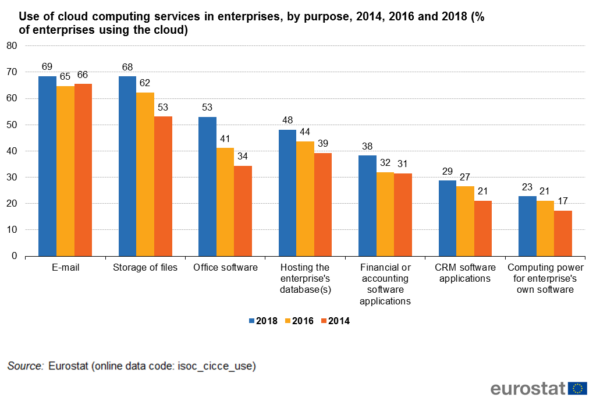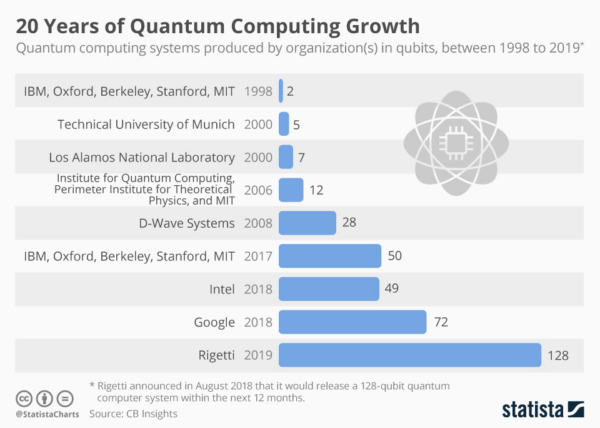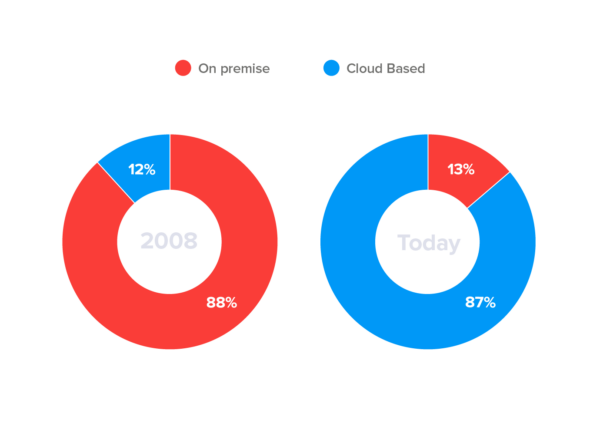The cloud computing sector is developing fast as companies switch to cloud-based software solutions, and move away from on-premises servers. This development allows for workloads to be more portable. It is a fundamental change in the way businesses operate.
We are just at the start of this journey. Some cloud computing trends that are happening right now will shape the industry for years to come. In this article, we’ll look at ten cloud computing trends to watch out for this decade.
Communications as a service
There has been a move from face-to-face communication to online platforms, and moving these to the cloud is the next smart step. With UCaaS, all types of communication are provided as a connected service. This can include audio, video, messaging, webinars, and even fax. Keeping these services in the cloud allows for global access without needing to manage several physical vendors, making it a very effective tool for call centers.
Workstations as a service
As well as being able to access communications through the cloud, companies can offer the whole of their processing power to individuals anywhere. This means that time-consuming tasks like code compilation or image rendering can make use of much more computing power, enabling them to be done near instantaneously.

Consolidation
At the moment, many individuals and companies have their cloud computing solutions spread over multiple vendors. With the trends above, we can expect to see a desire for a more seamless service – leading to a consolidation of solutions.
Security first thinking
Any new products or solutions will have a security-first approach. This will be particularly important as cloud migrations occur, possibly taking advantage of segmentation strategies. It may also lead to an increase in the use of blockchain, with its decentralized nature making it less vulnerable to hacking.
Quantum computing
One thing that has been holding back many companies has been the lack of computing power available. With many tech giants investing in quantum computing, this looks set to change – and cloud computing looks to play a vital part.
Cloud/Edge hybridity
Whilst larger projects will continue to move into the cloud, smaller ones are likely to move back to the edge, running on individual computers again. This hybrid of cloud and edge computing looks set to become the standard over the next decade.
Machine learning
One limitation of machine learning is the amount of data available due to storage restrictions. Moving to the cloud, the amount of data available increases – and it can be compiled and updated from a variety of sources globally, thus allowing a more efficient and seamless workflow automation.
Augmented reality
Augmented reality (AR) has been little more than a curiosity for a while, but the advent of 5G will change that. With low latency and fast speeds, cloud-connected AR experiences will become much more common, both as business solutions and artistic experiences.
Mobile
The trends mentioned are likely to boost the need for mobile work like online customer service—after all, if you can reach your communications and work setups through the cloud, you’re not limited to one place. We can anticipate digital natives moving between devices effortlessly, expecting the same services on all of them.
Changes in talent pool
As technology advances, companies will need to hire more specialists with excellent collaboration skills. We know the talent pool will change – but how? There might be an increase in graduate schemes around cloud computing, or companies will start relying on external, remote contractors. Whatever the outcome, it’ll change how staff are hired.

